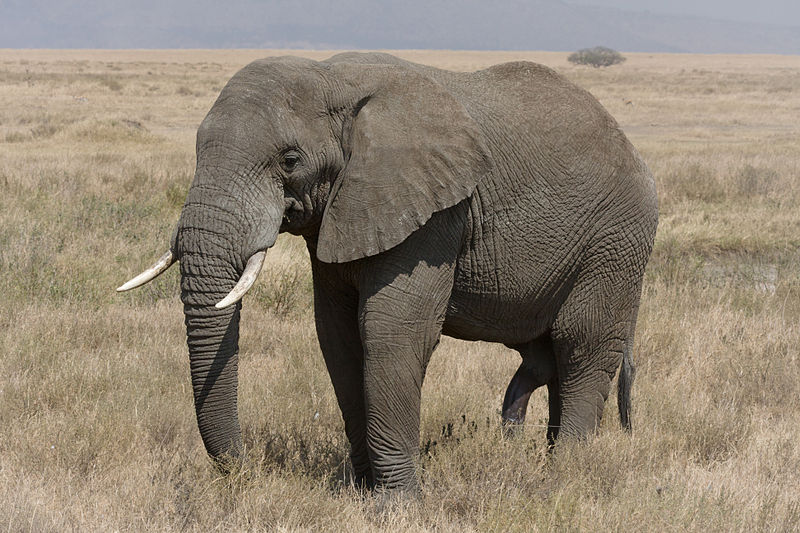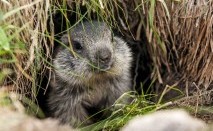
Category: Mammals

These charismatic giants are the largest living terrestrial animals, with an average height between 9.2 and 10.8 feet at the shoulders. They are immediately distinguishable from their Asian relatives by their large ears used for radiating excess heat. Individuals in the wild can survive to be around 70 years old, or until the last of their sets of molars has been worn down and they are unable to feed correctly. They typically eat around 500 pounds of plant matter a day and, because they wander so far and wide, are important for dispersing seeds via their excrement.

Wake me in 9 months…
There may be times when you are so tired you feel as if you could sleep for several days - but of course that is not possible without dying from dehydration. However, some mammals have such fine control over their metabolisms, they are capable of nodding off for days or even months, in a state called hibernation. This helps an animal survive during cold periods when food is scarce. A prime example is the alpine marmot who can hibernate for up to 9 months of the year: gathering food and adding about 50% more body weight (primarily fat) as summer ends, the alpine marmot seals itself in a deep burrow, heart rate slowing to five beats per minute, breathing as little as once per minute - emerging (far lighter!) in May, when food is once again available!
Learn more >>
 Discover Animals is a web-based educational resource offered by the NAIA
Discover Animals is a web-based educational resource offered by the NAIA